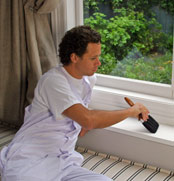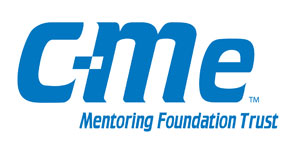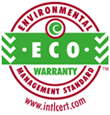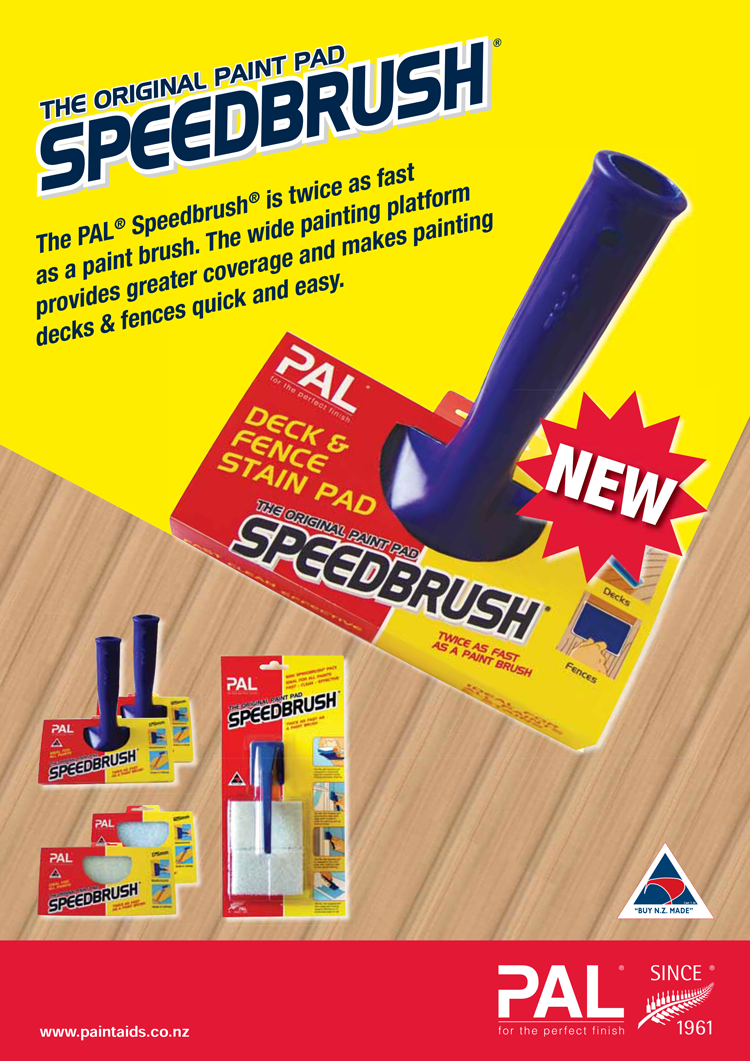Clean brushes and roller sleeves
How to clean brushes and roller sleeves without polluting the environment.
An easy to use cleaning system: This system is based on the use of two containers in which brushes, roller sleeves and other equipment are first washed and then rinsed. By rotating the containers the solids in the paint are separated from the liquid making it easier to dispose of each component. This system will work well for both water based and solvent (oil or alkyd) based paints. For solvent based paints use mineral turpentine and any other paint solvent recommended by your local paint retailer. Follow these steps: In the case of water based paints:
- At the end of the job, using the PAL Multi Tool squeeze excess paint back into tray/tin or onto an absorbent material such as old rags, shredded newspapers or cardboard boxes.
- Allow to dry and dispose of with household waste.
- Wash brushes, rollers and other equipment with water in a 10 litres or similar sized container.
- Transfer the washed equipment to a second container filled with clean water for a final rinse.
- Place lids on the containers or cover in some other secure manner and allow to stand overnight.
By morning the paint solids in the first container will have settled down to the bottom of the container. The clear water from this container may now be poured onto the garden or any grassed or open area away from streams, rivers or lakes, where it can be absorbed into the ground. Now to dispose of the paint solids at the bottom of the first container Scrape this out onto absorbent material such as old rags, shredded newspapers or cardboard boxes. Allow to dry, then place in a plastic bag and dispose of with the household rubbish or take directly to the nearest council tip. The second container now can be used as the first wash. Use this rotation system until the job is completed. In the case of solvent based paints: Follow the same procedures as for water based paints but with these exceptions:
- Use solvents to wash equipment.
- Allow the first container to stand at least 24 hours as it will take this long for the paint solids to settle.
- Do not pour the clear solvent onto the ground – use it to top up the second container or decant and keep for future use.
- Use the least amount of solvent.
Caution: Never allow waste water or chemical solvents from washed paint equipment to enter household or storm water drains or sewers. The waste may find its way into natural waterways where it can reduce oxygen levels and threaten the survival of fish and other aquatic organisms.
Planning ahead: It’s a good idea to keep a container of ‘dirty turps’ on hand for cleaning purposes. Kept in the original container and in a safe place, you will be able to reuse the solvent time and time again. Remember not to shake it up as this will disturb the paint solids, which will have settled to the bottom of the container.
Tips for dealing with spills: If paint is accidentally spilt, clean it up as best as you can with a cloth or newspaper. Then wash down with solvent. By cleaning up as much of the spilt paint as you can before washing down you will save solvent and give yourself less work to do.
When moving from one worksite to another: A plastic pail with a tight fitting lid is ideal for the short term storage and transport of brushes and roller sleeves. Fill this pail about half way with water so that brushes etc are covered. This will save you from having to clean brushes and rollers whenever work is interrupted. Wrapping a paint brush in cling wrap will prevent the paint drying on the brush for at least an hour or so while you take a lunch break. Similarly put your roller into a plastic bag and tape it around the handle.
Project Planner


They say a good plan today is better than a perfect plan tomorrow!
Planning ahead for your next paint project can save you a whole lot of time, money and frustration. This project planner lists the best tools and methods to help you get the paint finish you want– without the numerous trips to the paint store.
For good general advice about brush strokes, paint application methods and the right products for the job, see: How to Paint with a Brush How to Paint with a Roller Then browse through our Interior or Exterior flipbooks for project-specific planning on: Interiors – Walls & Ceilings, Kitchens & Bathrooms, Windows & Doors, Wallpapering Exteriors – Exterior Walls, Decks & Fences, Roofs
Gold Tip
Contract
Onetime® Ready Mixed Filler And Wall Repair Range
Onetime Patch & Prime
Patch & Prime Lightweight Spackling
Patch and prime in one fast, easy step to fill holes in drywall and wood. This premium, lightweight, pre-mixed formula saves time with no need to prime before painting. It fills holes in one application with no shrinking or cracking. The unique square tub is designed and contoured to work with a putty knife for easy application. ![]()
Interiors
Community
PAL® is proud to be involved with our local community. Some of our sponsorship include: 

Environmental Policy
Paint Aids Ltd. Environmental Policy


PAL takes a holistic view of our business, which is made up essentially of stakeholders, via Staff, Suppliers, Customers and Shareholders.
Whilst being profit driven, we are equally conscientious about its impact on the environment, local community and societies in which we operate.
PAL has total commitment to the environment, which means that we will comply with all relevant regulations and are committed to continual improvement and prevention of pollution. PAL will give our business customers and consumers what they want – environmentally and socially responsible products and services. PAL is currently implementing and maintaining Environmental Management System to Eco Warranty standard.
Paper and cardboard is recycled as are plastics and glass. Our aim is to always reduce waste and be kind to the environment with the materials used in our manufacturing process.
Our staff are aware of our commitment to the environment and to improving our environmental footprint, increasing awareness of environmental responsibilities, and support us in their separation or recyclable waste and ongoing commitment to waste reduction.

